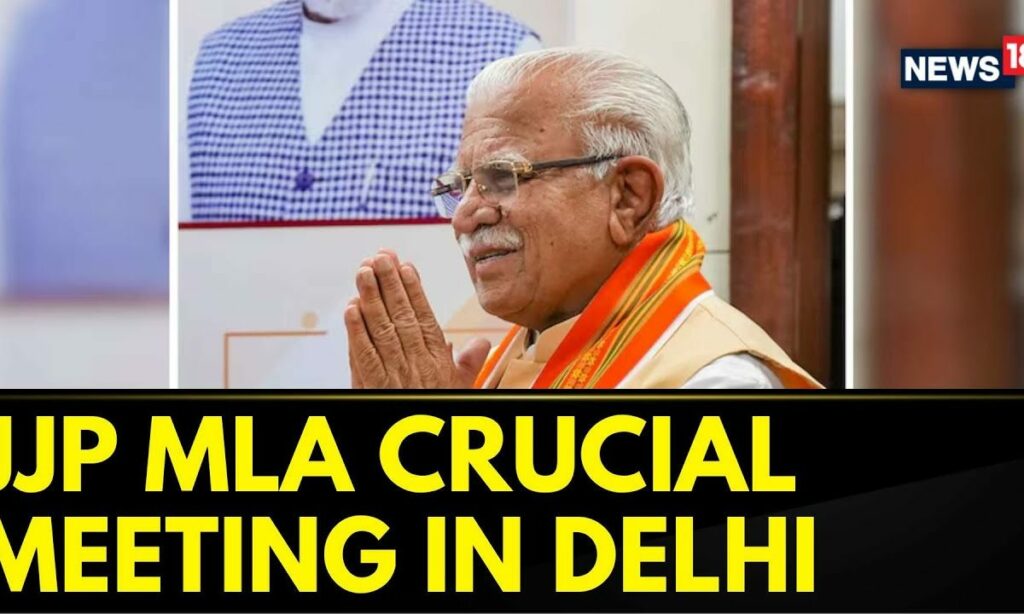The Supreme Court has rejected the plea of juvenility of a man in a four-decade-old murder case, holding the “date of birth certificate from school stands at the highest pedestal, whereas the ossification test has been kept at the last rung in determining age”.
A bench of Justices B R Gavai and Sandeep Mehta dismissed a writ petition filed by Vinod Katara that he was a juvenile at the time of offence of murder committed on September 10, 1982.
“Section 94(2) of the JJ Act provides for the mode of determination of age. In the order of priorities, the date of birth certificate from the school stands at the highest pedestal whereas ossification test has been kept at the last rung to be considered, only in the absence of the criteria Nos. 1 and 2, i.e. in absence of both certificate from school and birth certificate issued by a Corporation/Municipal Authority/Panchayat,” the bench said.
The petitioner was held guilty along with three others in the case by the trial court in 1986. The High Court dismissed his appeal in 2016 and the Supreme Court also affirmed the High Court’s order in 2016.
In a Public Interest Litigation (PIL), the High Court in 2012 ordered an inquiry in all cases where there was a possibility of convicts being juvenile at the time of offence.
The petitioner, undergoing life term in Mathura jail, was subjected to an examination by a medical board which found his age as 56 years on December 10, 2021. Based on the report, he filed a writ petition claiming that he was around 15 on the date of incident on September 10, 1982. The apex court ordered an inquiry by Additional District and Sessions Judge, Agra on September 12, 2022.
The Additional District and Sessions Judge, forwarded a report on October 21, 2022, opining that from the contemporaneous evidence, the date of birth of the petitioner was July 2, 1960 and he was major on the date of the incident.
A medical board, formed on order of the apex court, also said he was between 55 and 60 years, with a remark that estimation of age based on X-ray examination becomes uncertain after the age of 25.
His counsel submitted the report by Additional District and Sessions Judge was unsustainable in view of medical report of December 10, 2021. He also said reliance upon contemporaneous evidence would lead to a situation of serious anomaly as petitioner was shown as born in the same year as his brother Ashok Kumar, i.e., 1960. After the birth of Ashok Kumar and before the birth of the petitioner, two other sons were born to the petitioner’s parents in the intervening years. However, both these children expired because of medical conditions.
The counsel also contended the attendance register/school record on which the Additional District and Sessions Judge placed implicit reliance is not a reliable piece of evidence because the concerned Principal of the school neither verified the documents nor was he examined in evidence.
The assumption that there has been an overwriting in the family register wherein numerical ‘0’ has been changed to numerical ‘8’ is without any foundation. He also contended that as per Section 94 of the Juvenile Justice (Care and Protection of Children) Act, 2015, where contemporaneous reliable school record is not available, the Court can place reliance either on other documentary evidence or in absence thereof, the Medical Board’s opinion based on X-ray examination can be taken into account to determine the age of the person claiming juvenility.
The state counsel said the inquiry report submitted, as a consequence of direction given by this court, was based on detailed process of collection of evidence and analysis.
He submitted that the inquiry after minute appreciation and evaluation of the evidence has categorically found that the date of birth of the petitioner as entered in the contemporaneous school record was July 2, 1960, which is the actual date of birth of the petitioner.
Upon examining the matter, the bench pointed out the detailed findings holding that the family register brought on record by the petitioner was a forged document and was unreliable. From the Pre-Secondary School, Dabar, Fatehpur Sikri, it got transpired that the date of birth of the petitioner recorded in the school is July 2, 1960.
“Having minutely perused the inquiry report and the evidence led during the inquiry, we are of the opinion that the conclusions drawn by the Additional District and Sessions Judge that the actual date of birth of the accused petitioner is July 2, 1960 and the opinion of the Medical Board that estimation of age based on X-ray examination becomes uncertain after 25 years is apropos and deserves to be accepted,” the bench said.











